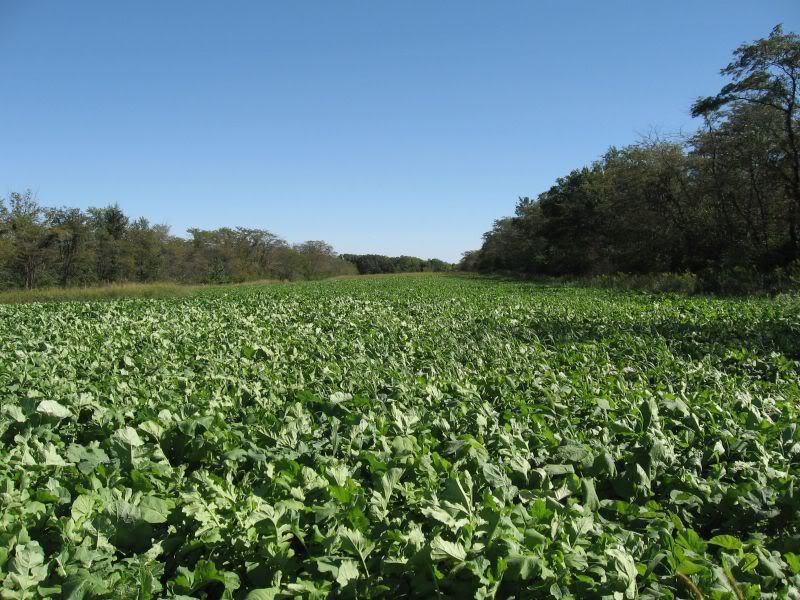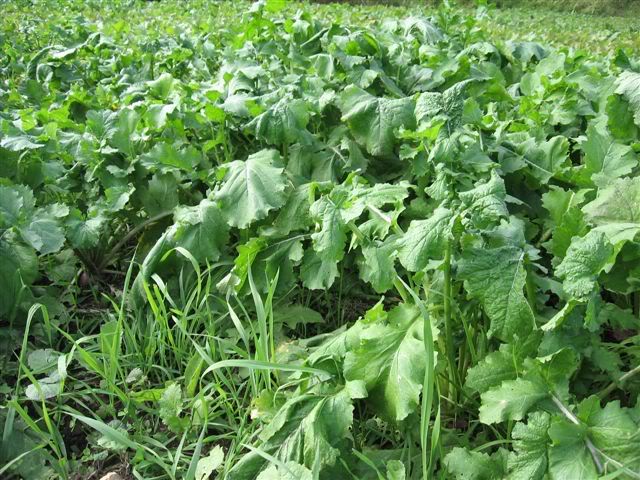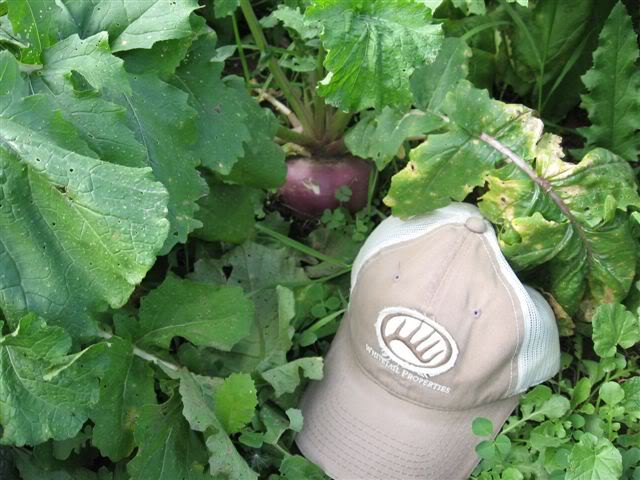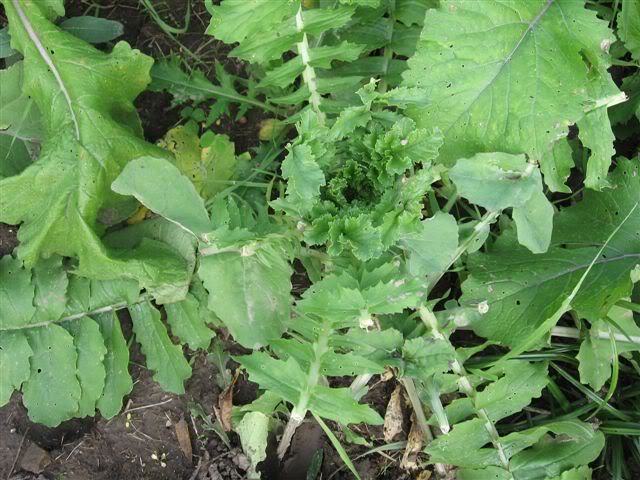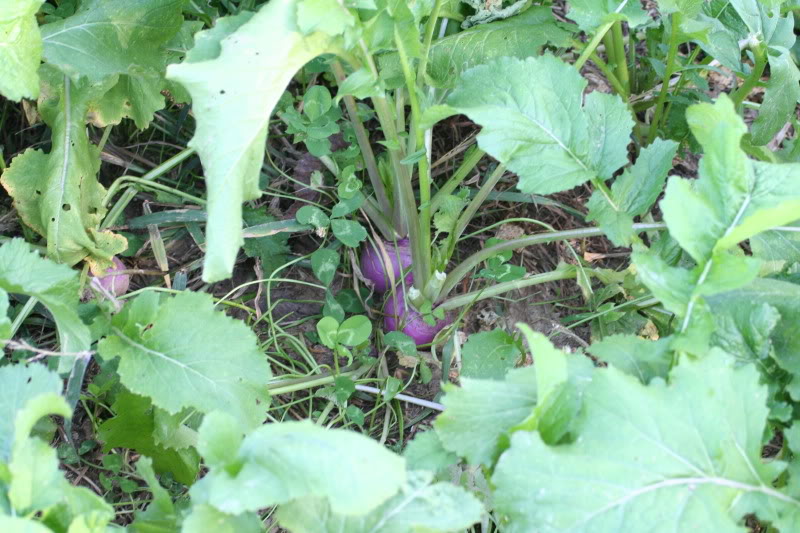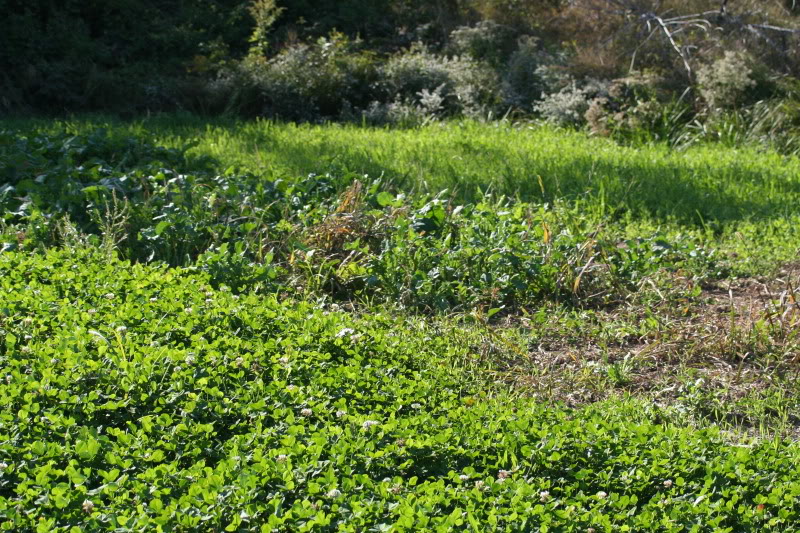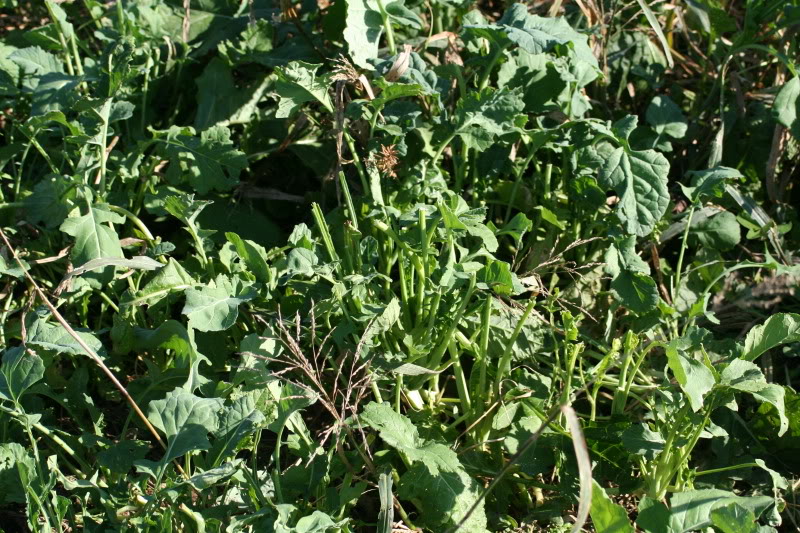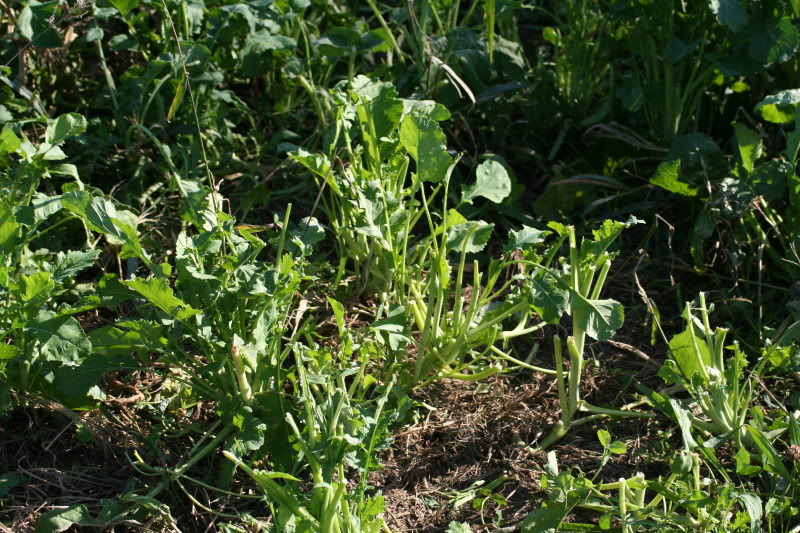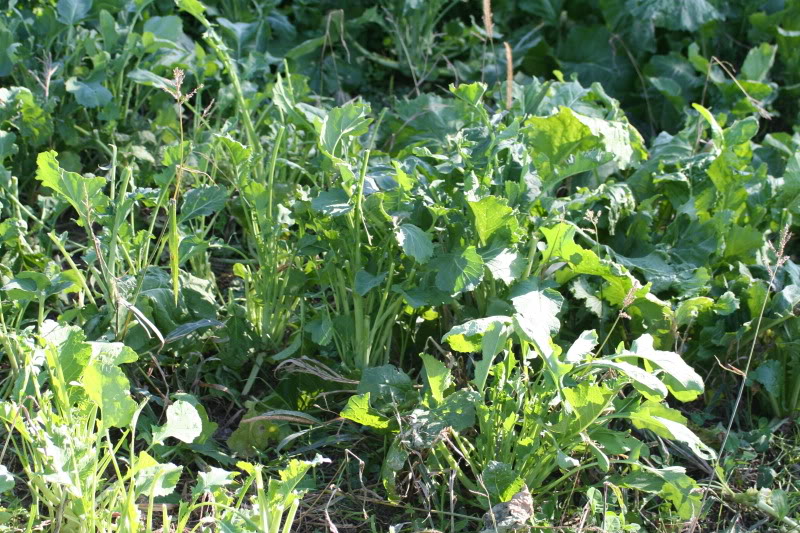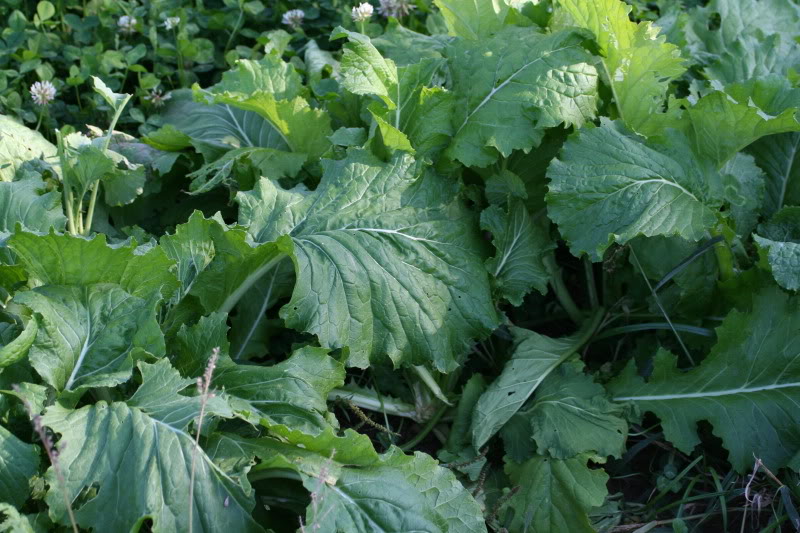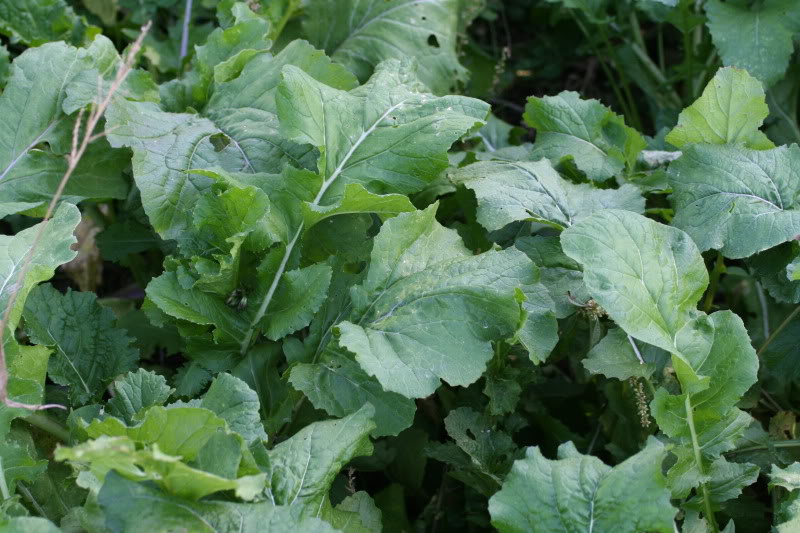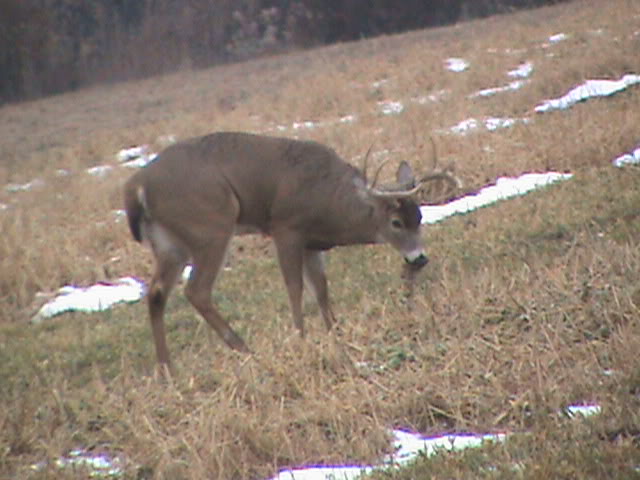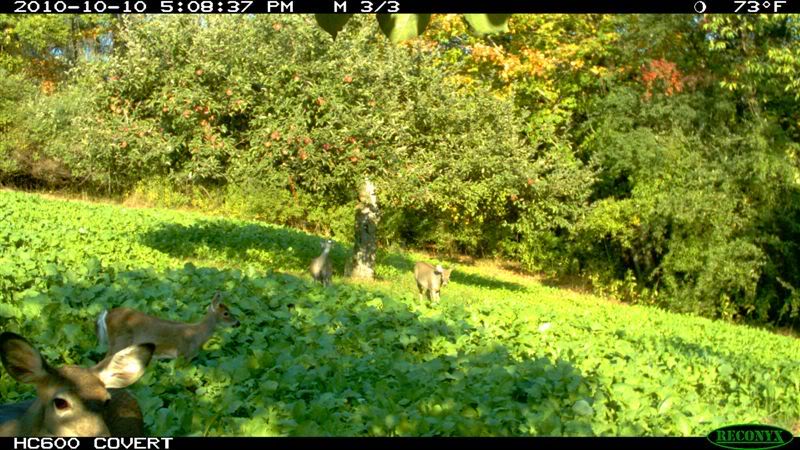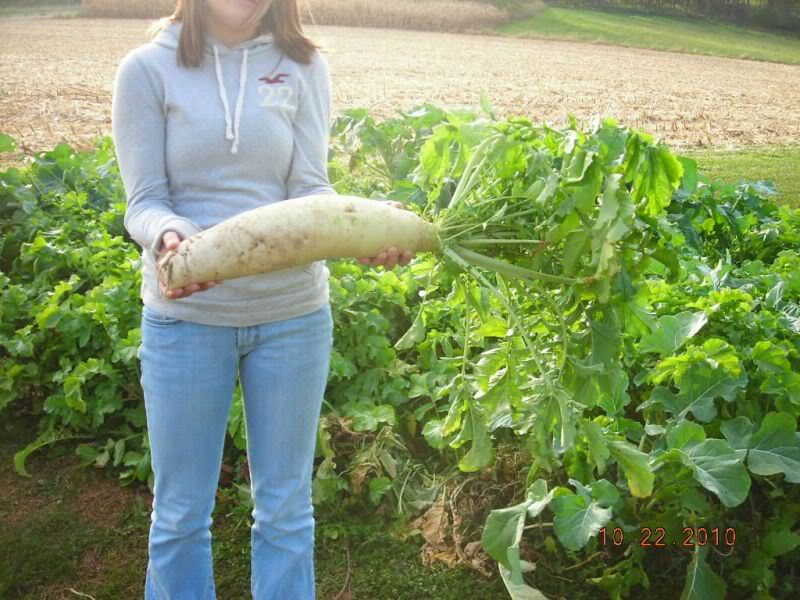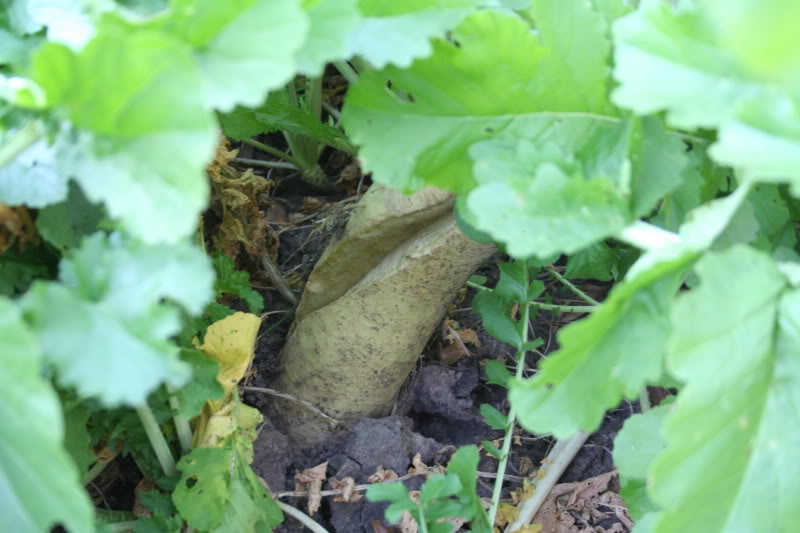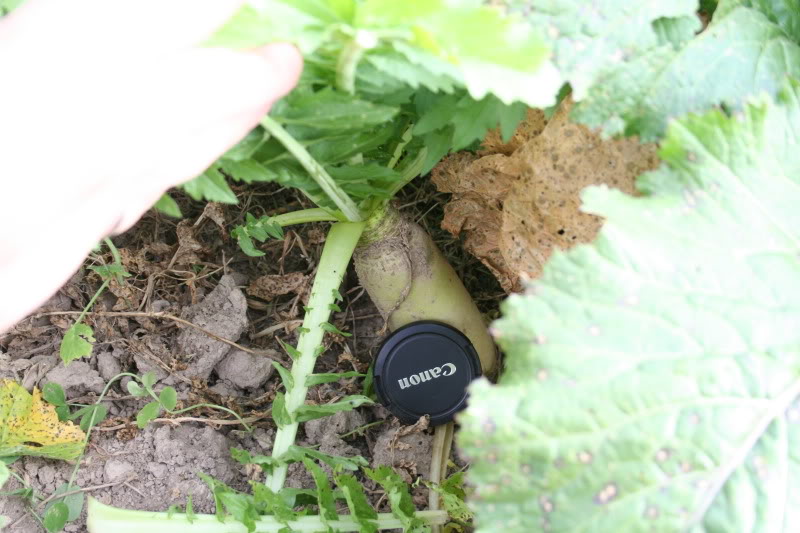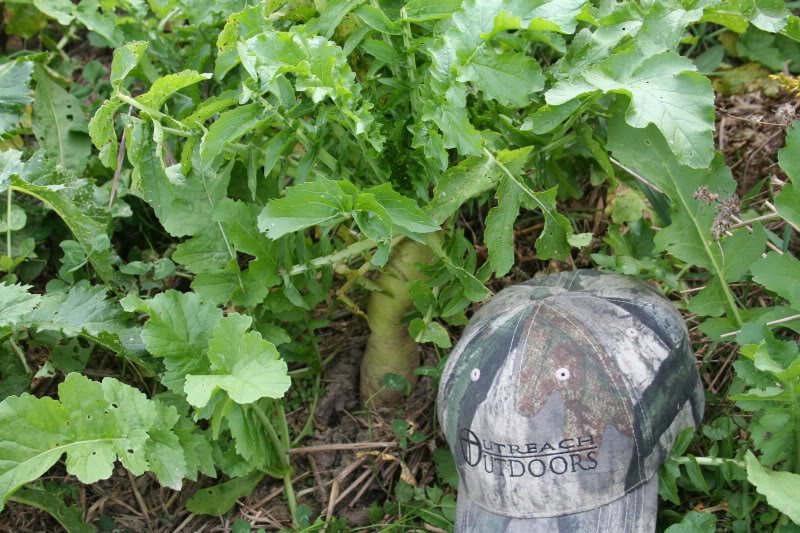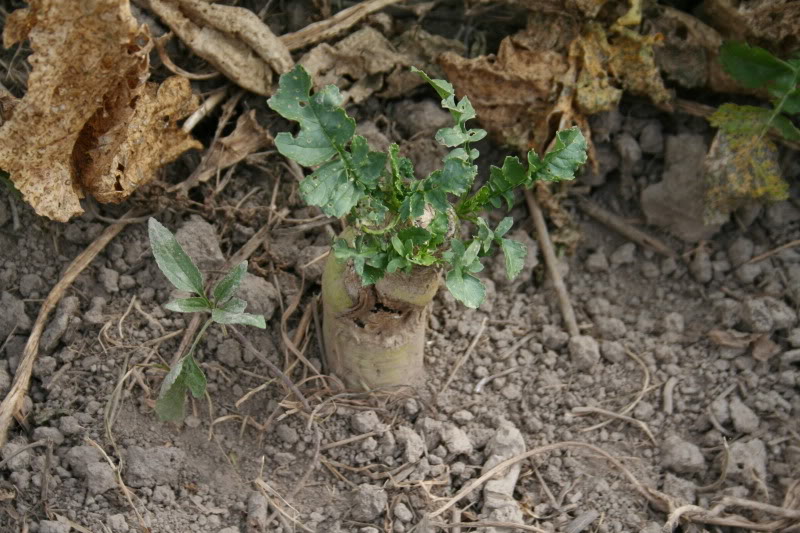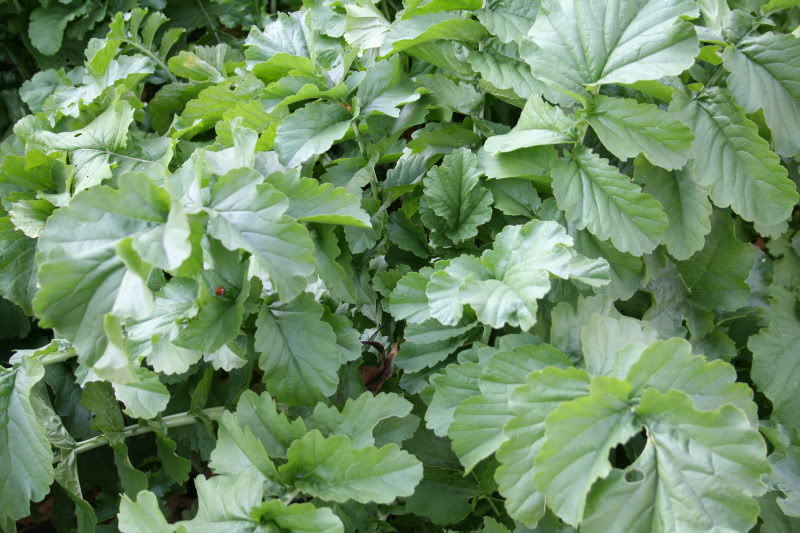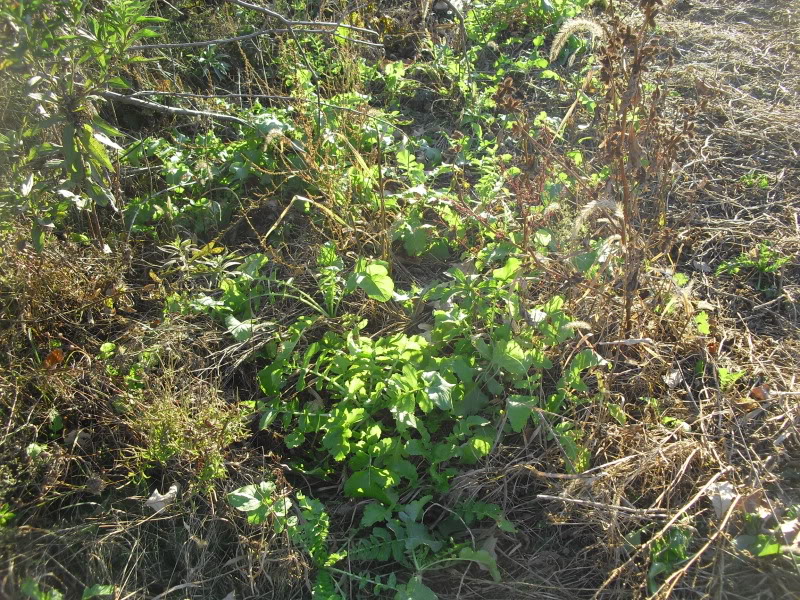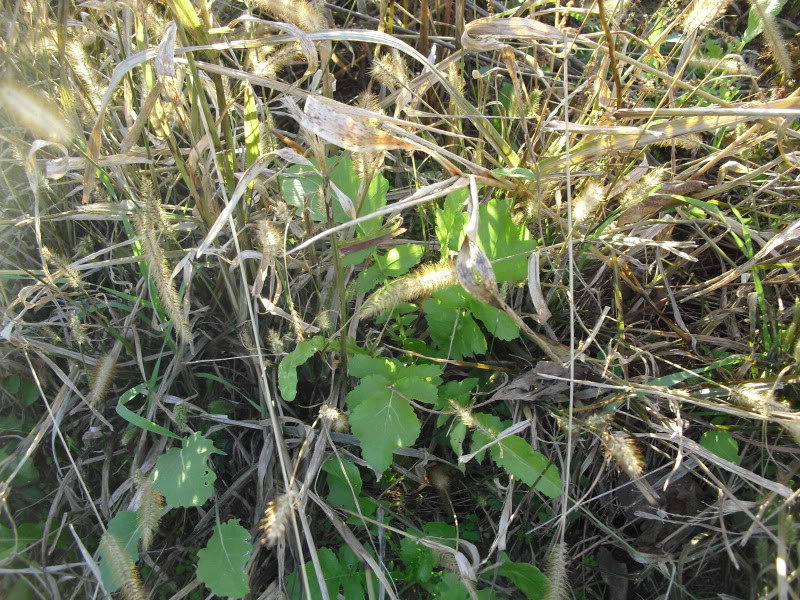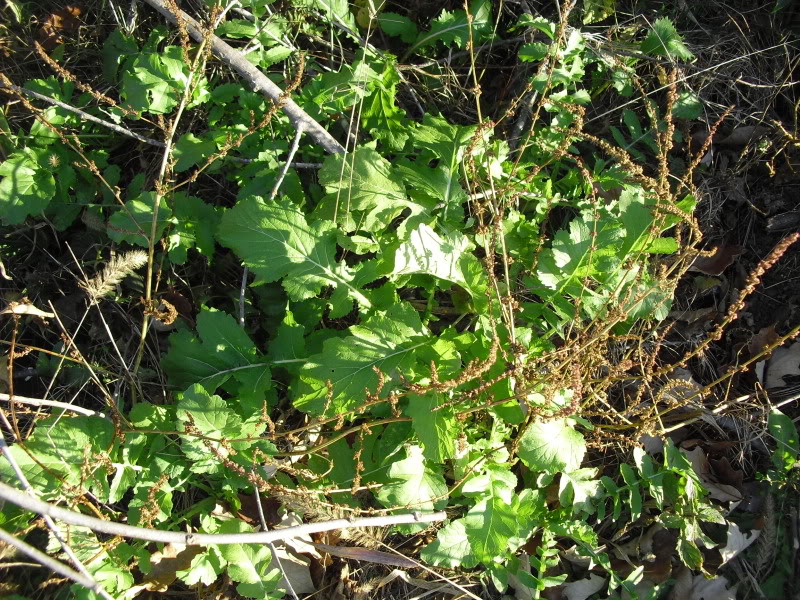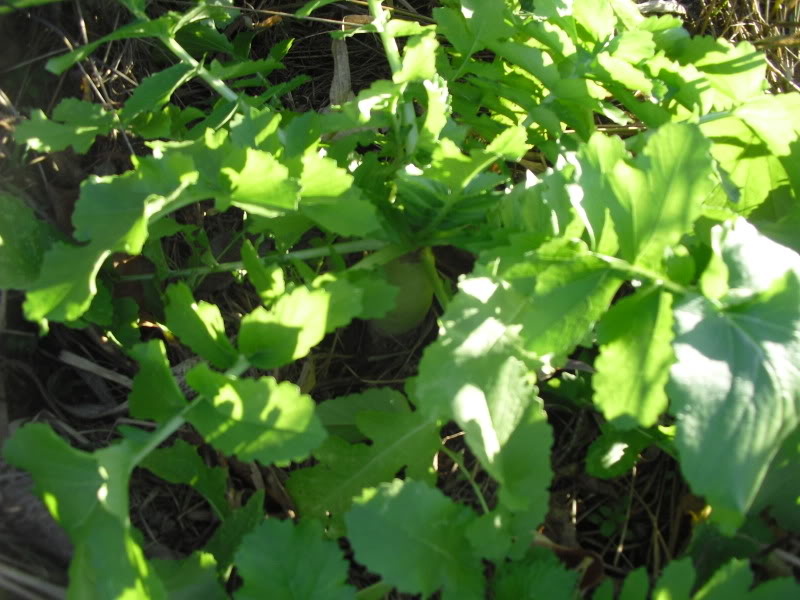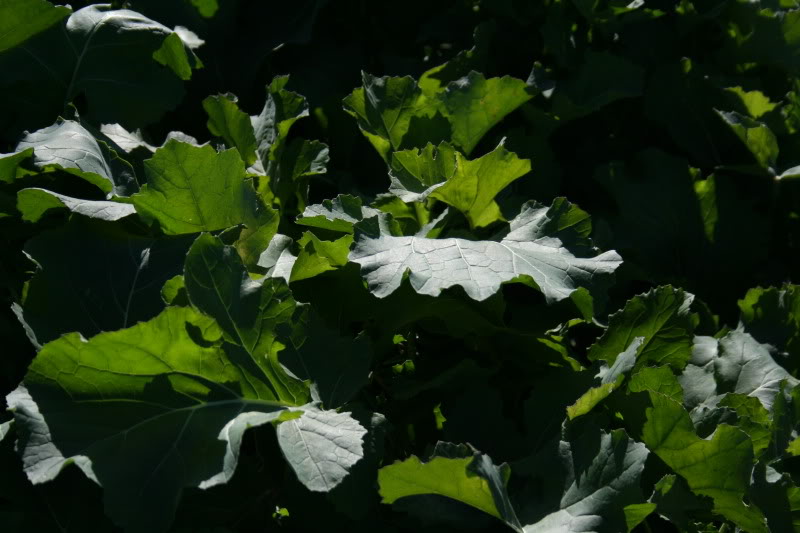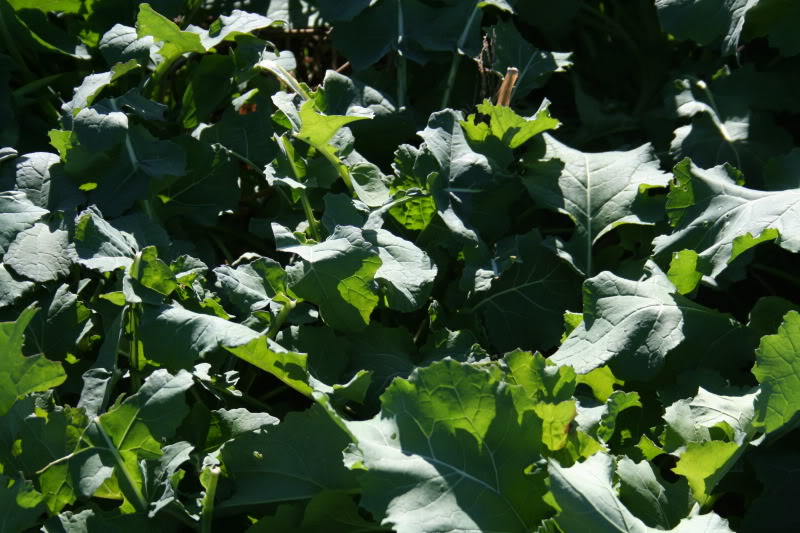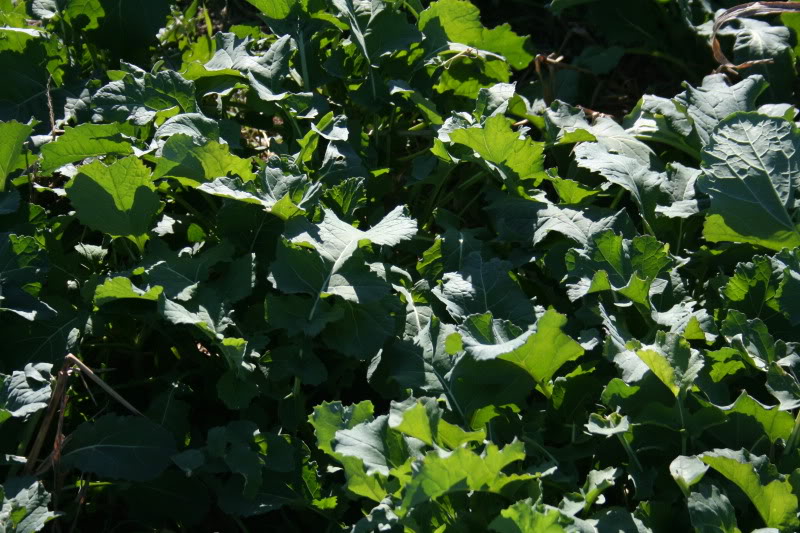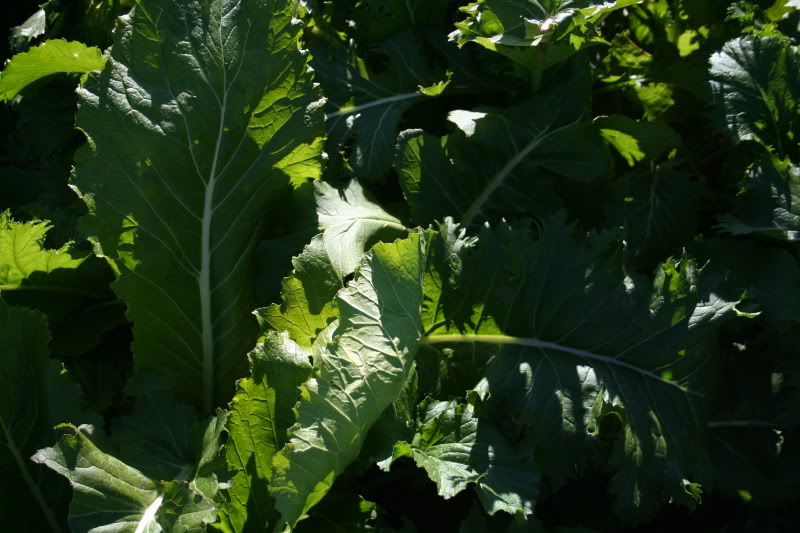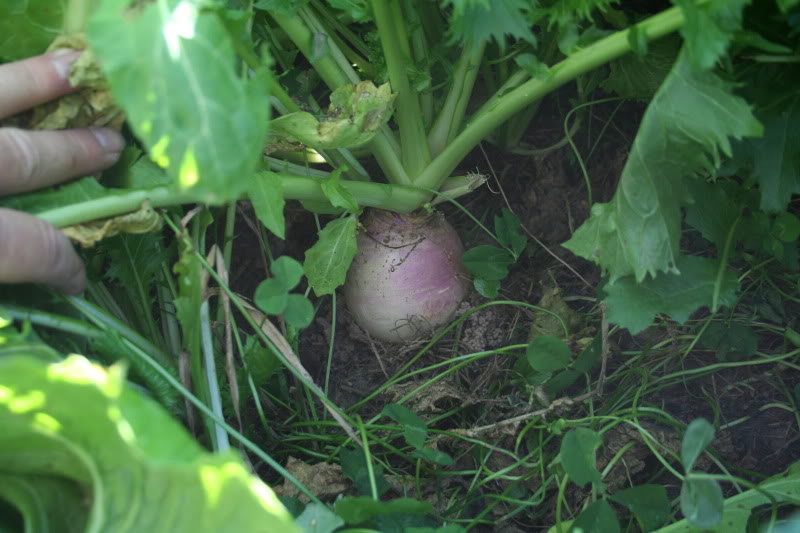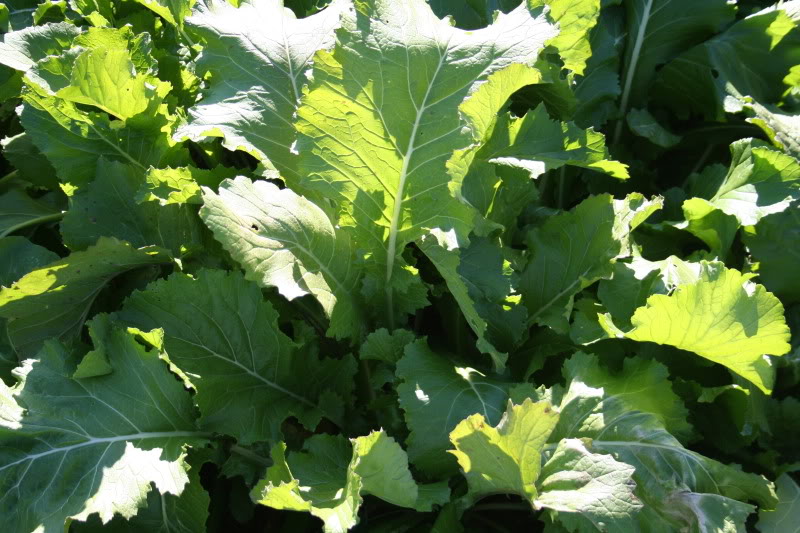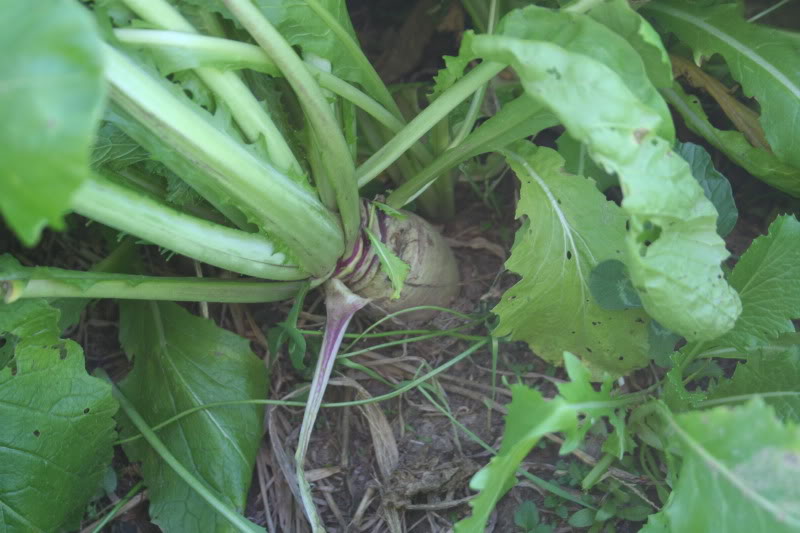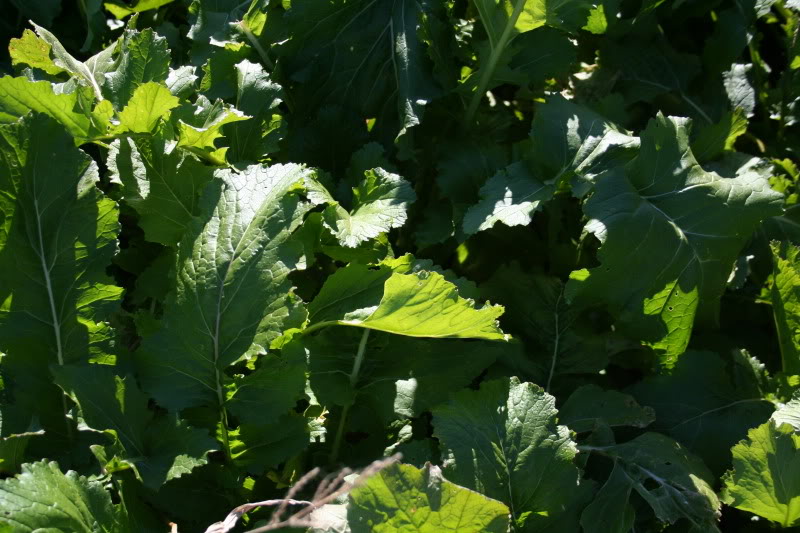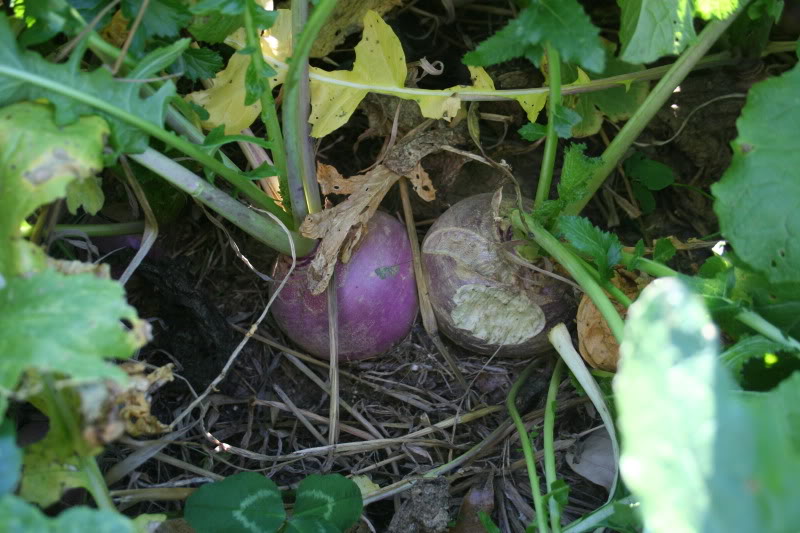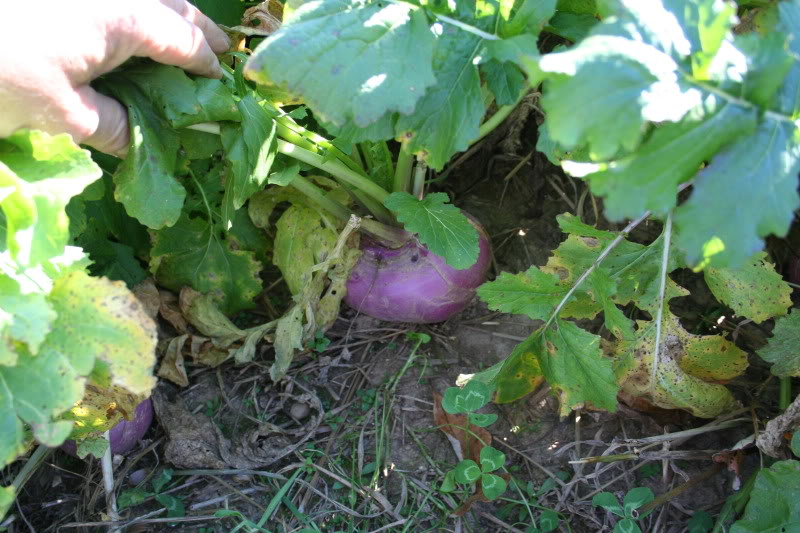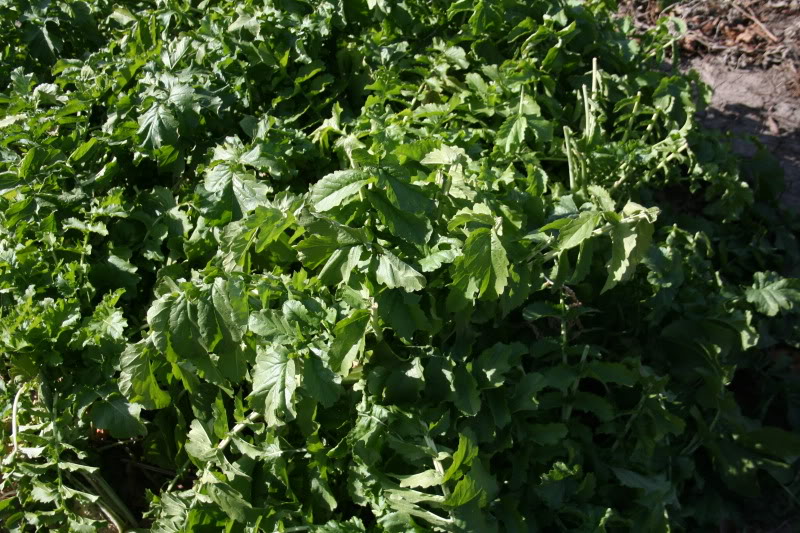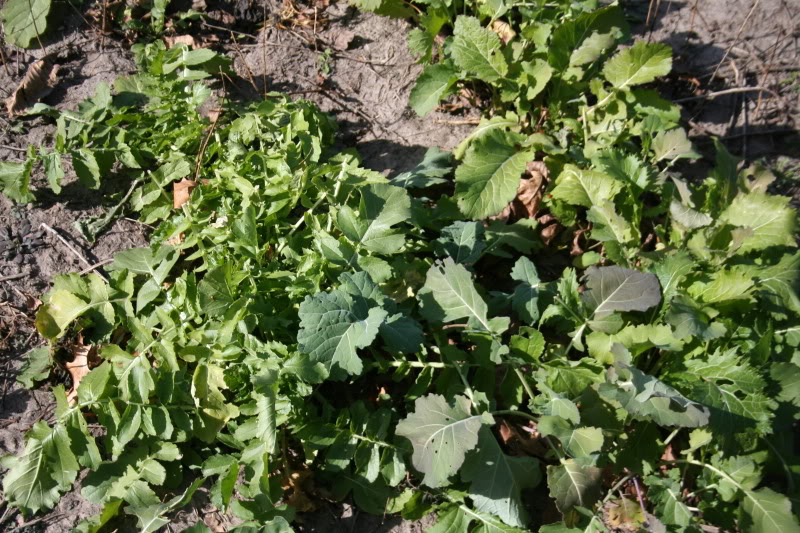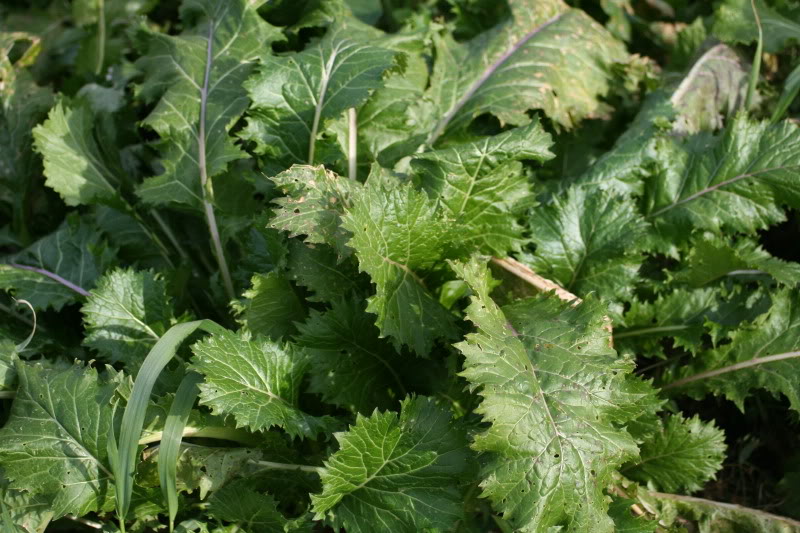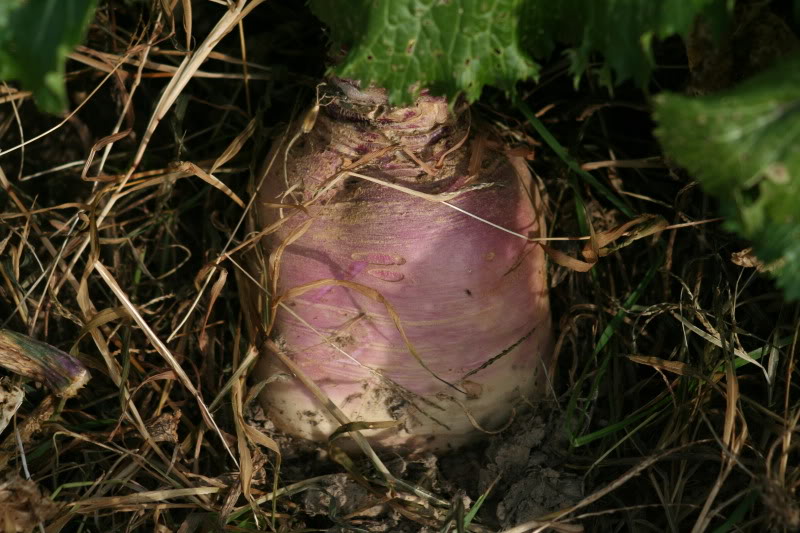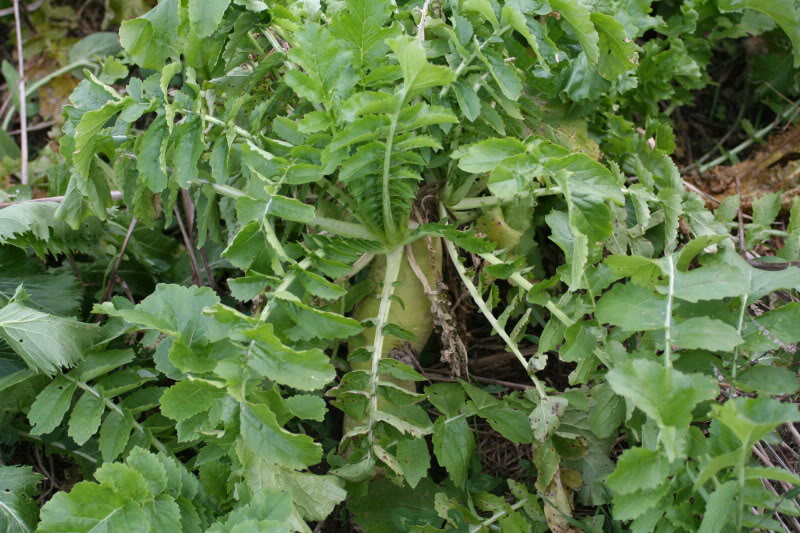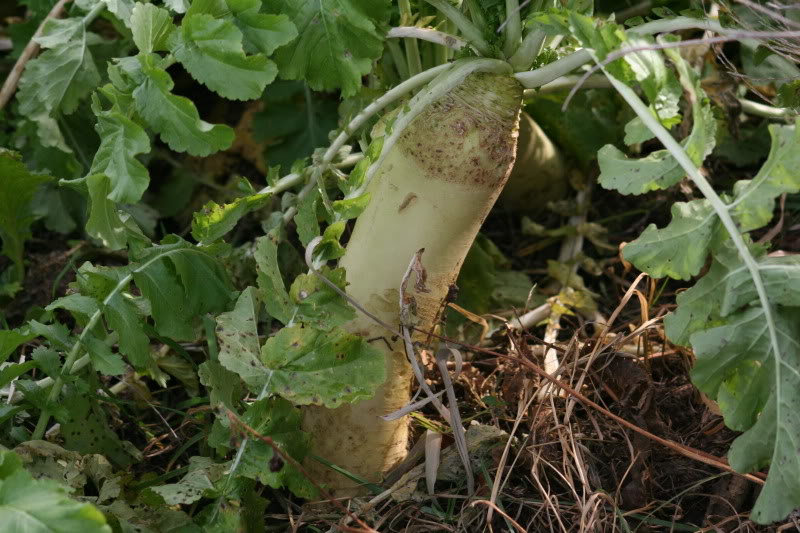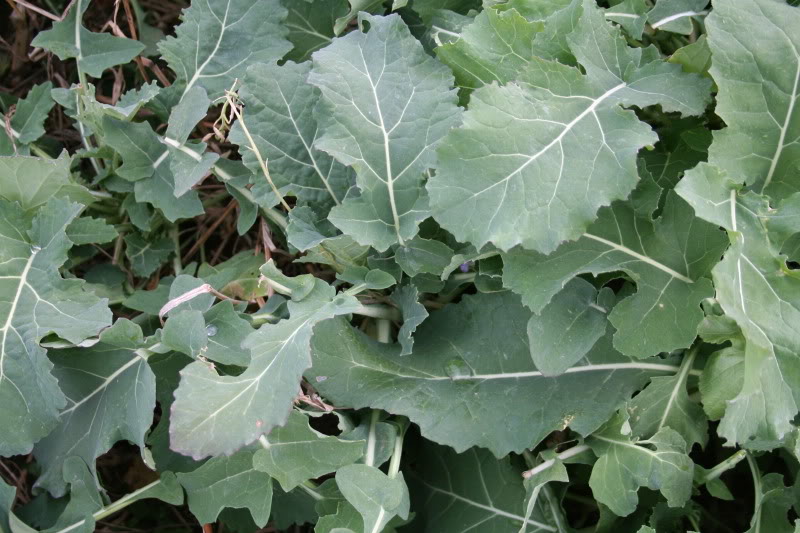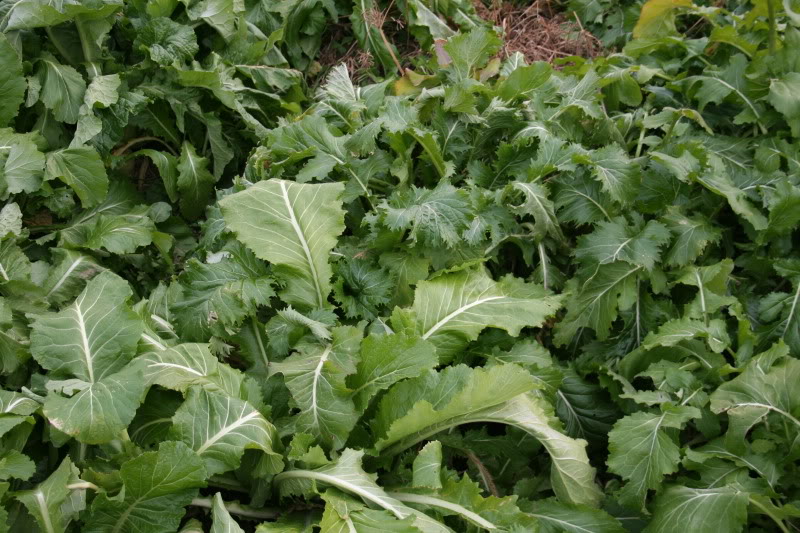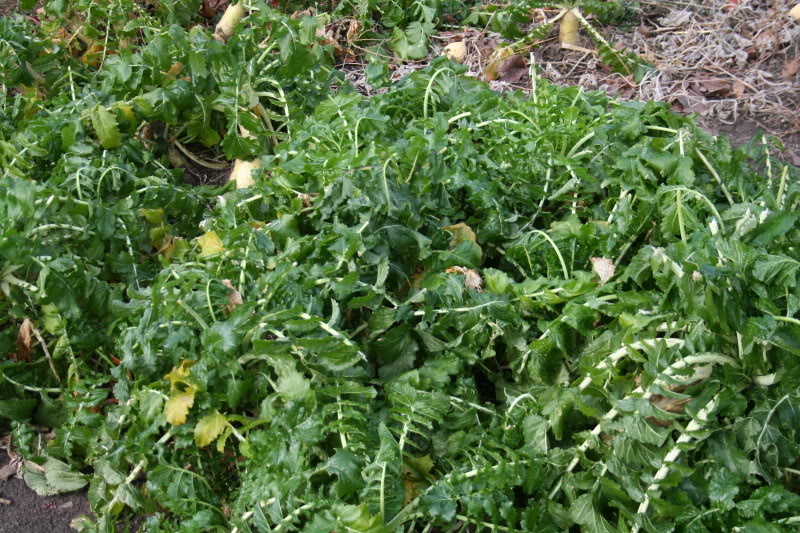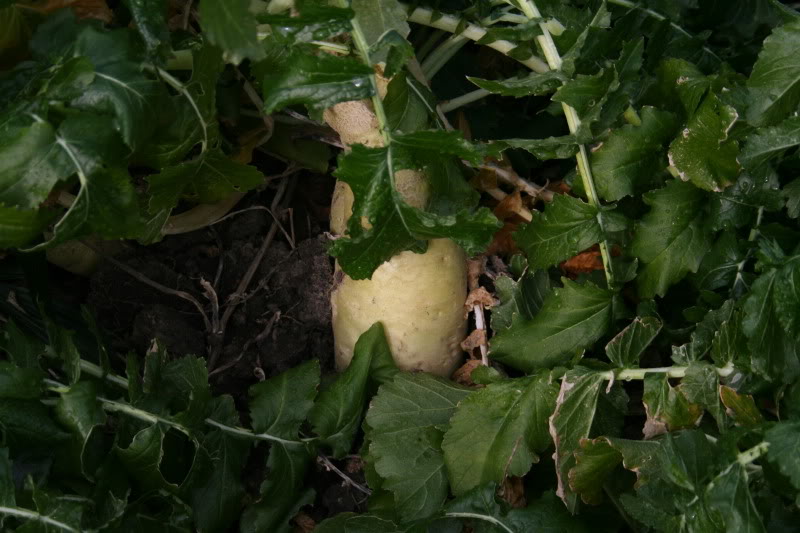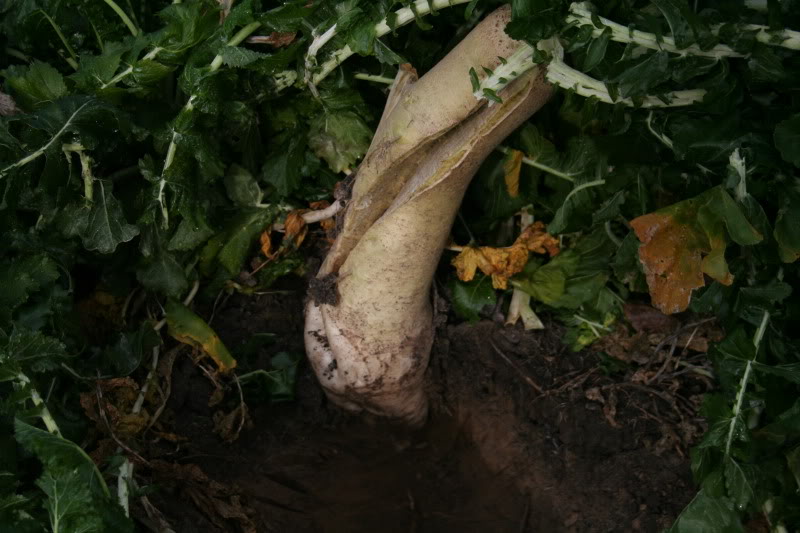There is....conventional till/planting, no-till planting and...no planting!
Conventional panting is still one of the most effective and common planting methods for most annual crops because it insures that the seed is placed at the correct depth and soil firmly pressed over and around the seed. The seed is in the soil moisture zone, germinates quickly and roots are able to reach nutrients and the plant grows rapidly.
No-till planting provides many of the same positives by utilizing a special coulter to cut through surface trash and till a very small path in front of that planter seed openers and packing wheels. Seed is still placed at the proper depth and effectively covered yet a great deal of time and expense saved with a simple one pass planting.
No planting (overseeding/broadcasting on untilled soil) requires virtually no equipment and the least expense but because seeds are on top of the soil there is often a high rate of failures. The seeds use up a great deal of energy attempting to send roots into the soil moisture area and without rain may not germinate at all. Frequently seeds may receive enough rainfall to germinate but then lack of continued moisture causes the seedling to die on the surface. Seeds are also exposed to predation by birds, rodents and even insects so there are many factors that can affect the success of a no planting type seeding.
When all conditions are prefect almost all seeds will germinate and grow when broadcast on the surface, but as we all know perfect weather conditions can not be predicted nor expected. Small seeds like brassicas and clovers tend to be more successful under difficult conditions then larger seeds and certain crop species work better then others. Winter rye tends to work better then oats or wheat for instance and under the right conditions peas and soybeans will germinate and grow far better then corn.
For food plot purposes clover, brassicas and cereal grains are the crops most commonly overseeded with no prior tillage and all can be successful plantings given acceptable weather conditions. We have all seen conventionally plant crops of all kinds fail because of adverse weather conditions and the odds of failure increase dramatically with overseeded non-planted crops.
Overseeding brassicas and/or rye into standing soybeans or corn is commonly done as the soil surface is already clean and seeds make soil/seed contact easily.
There often situations in areas inaccessible with equipment where no planting may be the only option and I have a degree of success by simply spraying sod grasses with roundup and broadcasting seeds as I did here with Groundhog forage radish.
This happened to be a very narrow strip along the soybeans that had grown up to weeds and not meant to be an actual "plot" but merely an example of the possibles.
While one can spray ahead of time I find the dying grasses and weeds give an element of protection at first by keeping seeds from being exposed to drying winds and sun. The vegetation slowly wilts and forms a form of mulch to help conserve surface moisture while the seedlings become established.
After seeds germinate and begin to grow then it is important to add nitrogen such as urea to the growing brassica plants although in this case I did not.
In this case the weed stubble helped protect the growing brassicas from being grazed until they began to reach far above the dead weed stubble.
Heavy clay soils or extremely droughty soils sometimes don't work as well as rich loamy soils for obvious reasons so every landowner may experience varying results year to year. I tend to use no planting only when overseeding into other crops, thin areas or inaccessible areas because yields/results are far better and dependable with conventional or no-till planting.
Tillage also allows for better incorporation of nitrogen to eliminate concerns about being at the mercy of the weather to incorporate the nitrogen. If seedlings struggle to long to reach moisture and nutrients they quickly become weak and permanently set back. Their attractiveness to whitetails then will be far less then healthy robust plants and I am unwilling to risk my entire habitat program by only no planting.
I do feel that everyone should take advantage of overseeding brassicas and rye into standing crops because the risk is minimal and the costs are very low. One already has a crop there so if the no planted seed doesn't do well it's not a total loss and with only seed and perhaps a little urea used, the costs are relatively low.
Give no planting a try next year in odd areas or standing crops and see how it works on your soils and then share your results with others.... :way:
